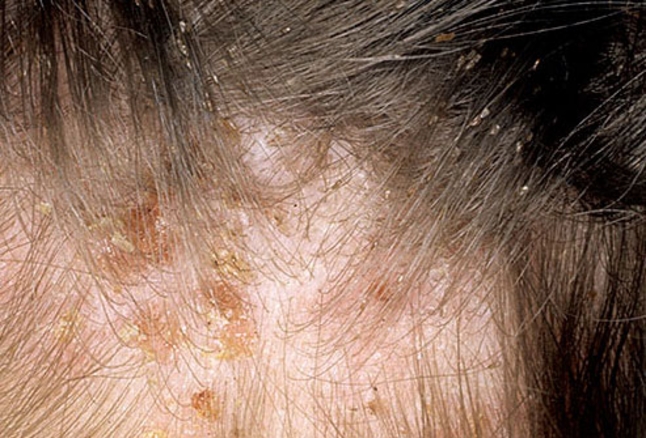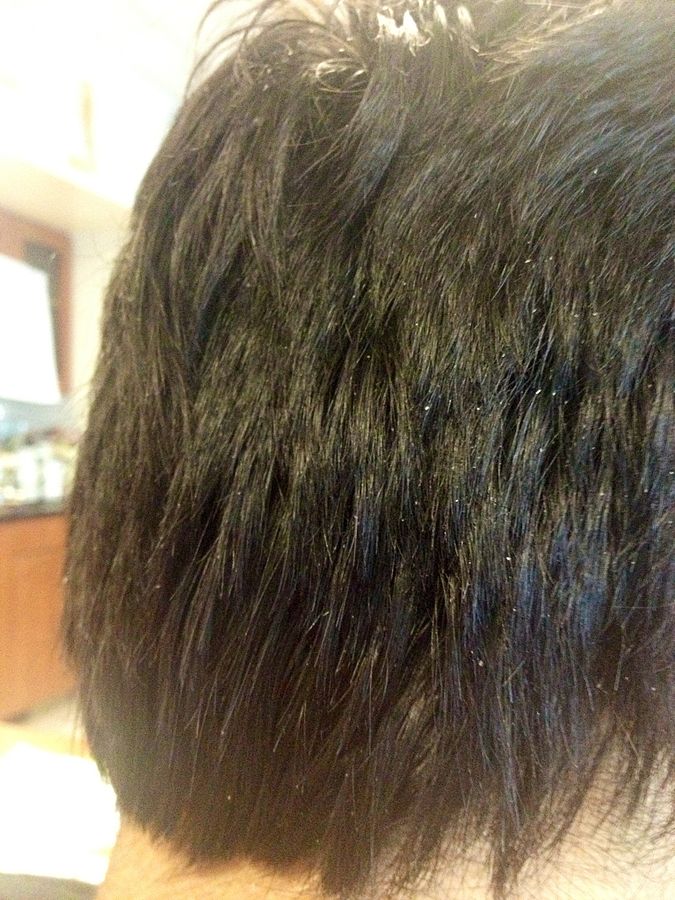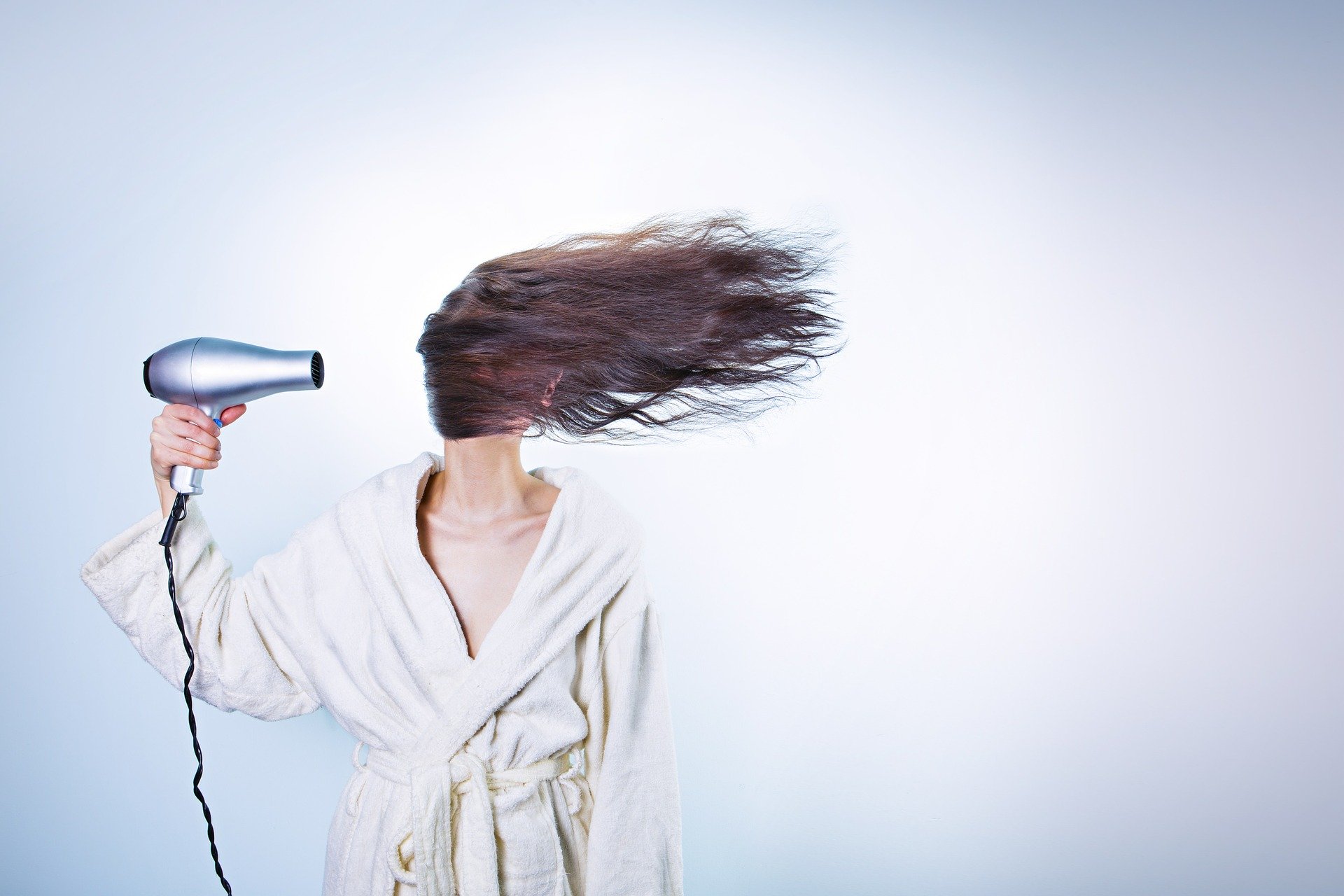It can sometimes be hard to tell the difference between head lice and dandruff. This is because the two conditions have a lot of similarities. This can be a big problem because misdiagnosis can result in ineffective treatments. Misdiagnosis can also be dangerous — if for instance, you have dandruff and you use a head lice treatment you are unnecessarily using a potentially harmful head lice treatment that will not cure your dandruff.
It’s important to understand the differences between head lice and dandruff, so you can correctly diagnose the problem and use the right treatments to solve it. So, below we explain the key differences between headlice and dandruff.
Head Lice vs Dandruff: Why people are confused
- They both affect the same general area. Head lice and dandruff affect the same area — the head. That’s why when people experience a head issue, they easily assume that it is caused by one of these two. But here’s the difference — head lice usually stay on the hair, not the scalp. But these parasites do lay their eggs on the hair shaft near the scalp, causing a bit of confusion. Dandruff, on the other hand, is on the scalp itself.
- They somewhat look the same. The two conditions may look the same from far away. They both look like white or yellow flakes on your head. But if you inspect them more thoroughly, there are actually enough physical differences to differentiate the two. Head lice look like insects because they are insects. Head lice eggs, also known as nits, look like symmetrical ovals. Dandruff, on the other hand, has no distinct shapes.
- They have similar symptoms. Drying of the scalp and itching are symptoms of both conditions. Drying occurs with head lice because of the side effects of head lice treatments. Itching occurs because your body is reacting to lice saliva. In the case of dandruff, drying is not always present. In fact, you can get dandruff because of having too much oil on your scalp. Dandruff doesn’t necessarily itch as well.

Key differences between head lice and dandruff
1. Color
Head lice have various colors. They can be brown, dark gray, or white. If you have dark hair, you are likely to have a darker color variety of head lice on your head. Dandruff, on the other hand, is either white or yellow.
If the two have similar colors, you can still differentiate them using other factors. Head lice are live insects while dandruff is not. Head lice are also so small that some people may even require magnifying glasses to see them properly. Dandruff is often big enough to see their oily or scaly textures.
2. Contagiousness
Head lice can be very contagious. It’s not uncommon for children to pass head lice onto their fellow students, especially if they bump heads with each other during school activities. Head lice can also be passed around the household. Mothers are especially vulnerable to these parasites because they are likely to be sleeping on the same bed with their head lice-infested children.
Head lice can be very resilient parasites. You usually won’t be able to get rid of them unless you treat everyone in your household. You can get reinfested again and again if you don’t treat everyone.
Dandruff doesn’t have this contagiousness. Dandruff is actually not contagious at all.
3. Location
Sure, head lice and dandruff affect the same general area — the head. But they thrive in different locations on the head. Head lice are small insects that you will often see at the base of the hair shaft near the scalp. You will also see their nits in the same area. At about 1/4 inch from the base of the hair shaft, you will see the nits that are about to hatch. All nits further from the base may have already hatched. Dandruff, on the other hand, is on the scalp itself.
With that said, you can sometimes see dandruff flakes on the hair. But what differentiates them from head lice is that they easily fall off. Head lice and nits cling tightly onto your hair. They won’t fall off as easily.
4. Severity of itching
Head lice live off of blood. They bite you and suck the blood on your head. In the process, they also inject some of their salivae into your body. Your body may try to fight the foreign substance and trigger an allergic reaction. This is why head lice are so itchy. Dandruff can also itch, hence the confusion between the two. But the itch of dandruff only becomes prominent if your scalp is dry.
If the severity of itching doesn’t help you that much in differentiating the two, look for the other signs of a head lice infestation. If you feel crawling on your scalp, your problem may be head lice, not dandruff.

How to treat common head problems
- Consult a doctor. Consulting a medical professional will always be the best way to treat your head problem, whether it is head lice or dandruff. They can provide medication that is only available via prescription. Over-the-counter treatments do work, but there are special cases where they are not very effective. For instance, you may be dealing with super lice, who are resistant to common head lice treatments.
- Use over-the-counter products. Head problem treatments usually come in the form of shampoos and lotions. They have ingredients like permethrin and pyrethrin — both of which are proven to be highly effective. If you choose to use these over-the-counter products over prescriptions from doctors, make sure to read their instructions and follow them diligently. One of the most common reasons for ineffective treatment is the misuse of the products themselves.
- Treat your surroundings. Head lice can’t live long without a host — just about a day or two. But this is enough time to stay on bedsheets, combs, towels, and other personal belongings until someone uses them. Your household may be in a perpetual cycle of head lice reinfestation if you don’t clean your surroundings. Treat both the head lice-infested person and the entire home.
Head lice and dandruff have key differences
Head lice are live insects that you can find on your hair shaft near the scalp. They are very contagious and itchy. Dandruff, on the other hand, are white or yellow flakes you can find directly on your scalp. And even if they are on your hair, they easily fall off, unlike head lice. They are also not contagious and can only become itchy if your scalp is really dry.
It’s important to understand the differences between these two conditions. Proper diagnosis of your head problem means you can use the appropriate treatments.

